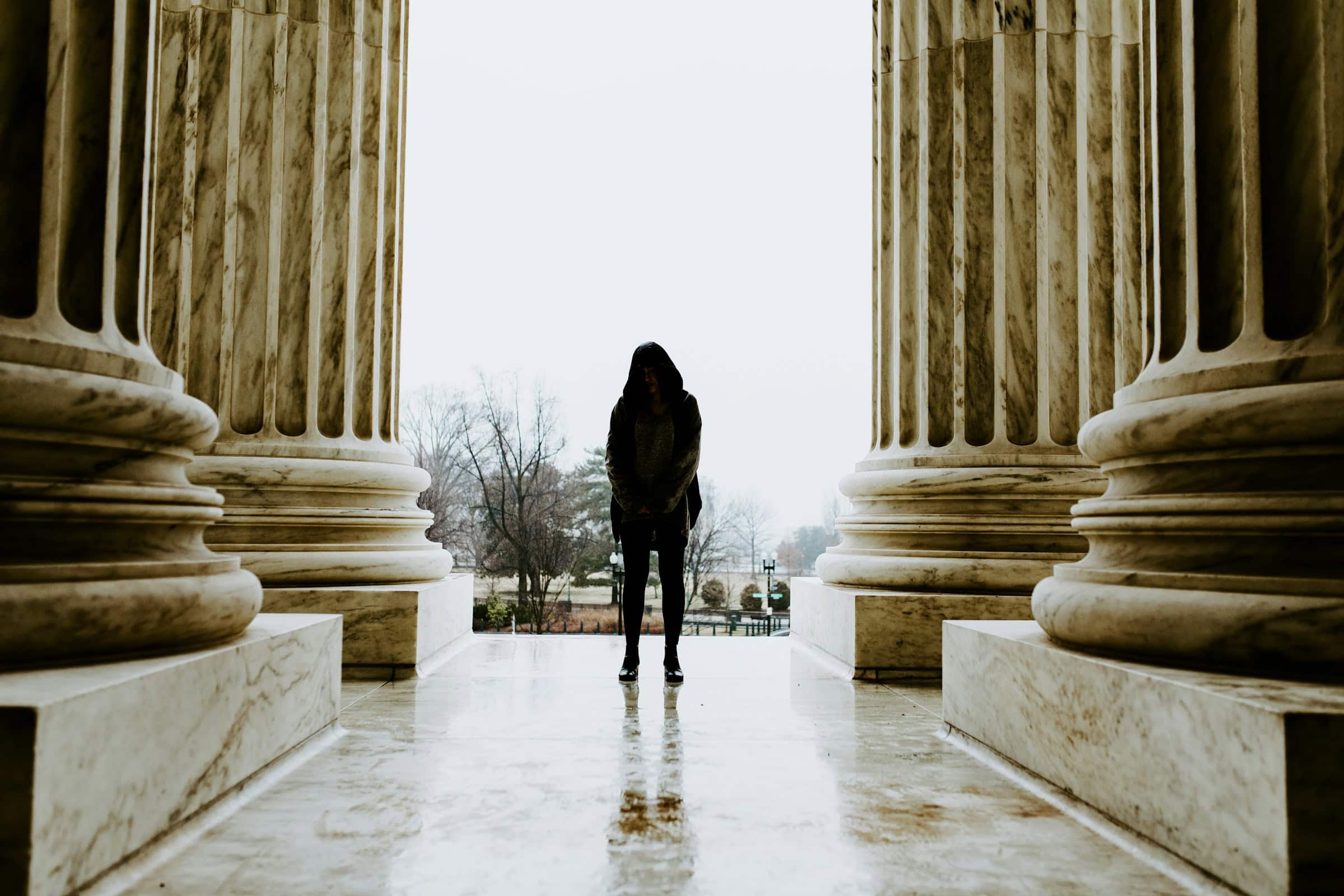This is part of The Career Diversity Five Skills project.
Author: Karen S. Wilson
Collaboration is often simplified as the ability to work in teams or play well with others. It is widely accepted as a valuable educational approach in secondary and higher education and is even the norm in the corporate and nonprofit worlds. Yet, in the training and work of academics, both of which privilege individual accomplishments, collaboration is a somewhat contentious idea.
So what is collaboration? Inside and outside the academy, collaboration takes many forms, but there are three essential elements that remain consistent. Collaboration is
- a series of activities, not simply a one-time task;
- undertaken with others, not alone; and
- for a shared, mutually understood and valued objective, not for exclusive or singular benefit.
Collaboration requires practitioners to recognize when a problem or a project is too large or complex for one person. It allows them to appreciate the value of diverse experiences, perspectives, and skills needed for solving problems and getting things done. Collaboration also requires that one engage in conversations to define common goals, optimum roles, and appropriate responsibilities. Meaningful collaboration creates trust, inspires innovation, fosters learning, and encourages flexibility.
Because of all this, for at least a decade, growing consensus across employment sectors has held that collaboration is a crucial aspect of any and all work undertaken. In fact, it regularly shows up on “top skills employers want most” lists. Graduate students and early career historians can (and do) demonstrate their collaborative skills to potential employers by highlighting their experiences as participants in graduate student groups and leadership teams, as well as in organizing conferences and publishing projects. For an example, see Karen S. Wilson’s complete blog post on collaboration for AHA Today (adapted for this introduction).
Collaboration also has value beyond its popularity with employers. In recent years, the increased number of digital humanities projects has brought the question of how collaborative work should be evaluated, acknowledged, and valued to the front and center of academic debates. In the early 2000s, the Andrew W. Mellon Foundation (supporter of the AHA Career Diversity for Historians initiative) funded collaborative programs in support of faculty career enhancement at 23 colleges. Those programs led to “enhanced community and collegiality” and “renewed and re-energized faculty” through new curricula and increased student learning opportunities, qualitatively better publications, expanded faculty networks, new grant opportunities, etc.
So, why does collaboration matter for graduate students? First, innovation, productivity, connectedness, and renewal are all important outcomes for institutions and individuals intent on surviving, thriving, and influencing others. Opportunities to collaborate in graduate school can help mitigate isolation, stress, insecurity, and other feelings that often hamper progress toward degree completion and preparation for employment. Second, innovative digital scholarship and public humanities initiatives and collaborative projects are advancing the role of collaboration in academia.
Finally, collaboration produces a shift in the attitudes and actions of practitioners by providing immediate feedback about their skills as translators of historical research and insights. Collaboration also helps them hone their appreciation of the diversity of human experience and the value of human agency. Collaboration allows historians to build bridges from the life of the mind they are trained to cultivate to the world of humans they live in. Simply put, to collaborate is to connect.
For more ideas on collaboration and how graduate programs can help students develop this skill, read Karen S. Wilson’s (UCLA) post on AHA Today, “Collaboration: It’s More Than Just a Joint Effort,” from which this introduction was adapted. For resources on collaboration for grad students, see below. For resources for faculty, see Faculty Resources for Developing Collaboration Skills.
Articles and Blog Posts
Historians in Wikipedia: Building an Open, Collaborative History
By Lori Byrd Phillips and Dominic McDevitt-Parks,Perspectives on History, December 2012
Do historians have a professional obligation to share their expertise on Wikipedia? Lori Byrd Phillips and Dominic McDevitt-Parks, two Wikipedians in Residence, argue that they do and that the future of the discipline may lie in historians’ active participation in online collaborative cultures of knowledge creation and sharing.
Finding a Sense of Place: A Surprising Experiment in Place-Based Collaborative Learning
By Bob H. Reinhardt, Perspectives on History, December 2013
Bob H. Reinhardt details his experience teaching an undergraduate history course grounded in interdisciplinary and collaborative learning where students worked together to create a book as a final project.
Collaboration and Career Development
By Karen S. Wilson and Annie Maxfield, AHA Today, 30 September 2015
Karen Wilson, graduate career officer in the UCLA Department of History and Annie Maxfield, director for graduate student services and relations at the UCLA Career Center, present five practical steps individuals and groups can take to foster effective collaboration across disciplines and academic departments.
Whose Work Is It Really? Collaboration and the Question of Credit
By Seth Denbo, Perspectives on History, February 2017
Seth Denbo, AHA’s director of scholarly communication and digital initiatives, discusses the value of collaboration and the difficulties scholars face getting credit for joint work.
Historians in Collaboration: a Three-Part Series in Perspectives on History
The Find a Grave Assignment: An Experiment in Fostering Collaboration in the Classroom
By Angela Firkus, Perspectives on History, October 2014
Angela Firkus describes how she used the “Find a Grave” website as a tool to incorporate team projects and collaborative learning into an undergraduate history course at Cottey College.
Historians Writing Collaboratively
By Bridget Maria Chesterton, Perspectives on History, October 2014
Bridget Maria Chesterton explains how collaborative research projects have pushed the boundaries of her scholarship and allowed her to pursue fruitful projects and questions she never could have tackled alone.
Writing the Historian’s Macroscope in Public
By Shawn Graham, Ian Milligan, and Scott Weingart, Perspectives on History, October 2014
Three historians describe their experience managing a collaborative book project that utilized digital tools and an unorthodox approach to writing and publication.
Related Resources

June 11, 2025
History of Tariffs

April 7, 2025
History of the Federal Civil Service

March 13, 2025